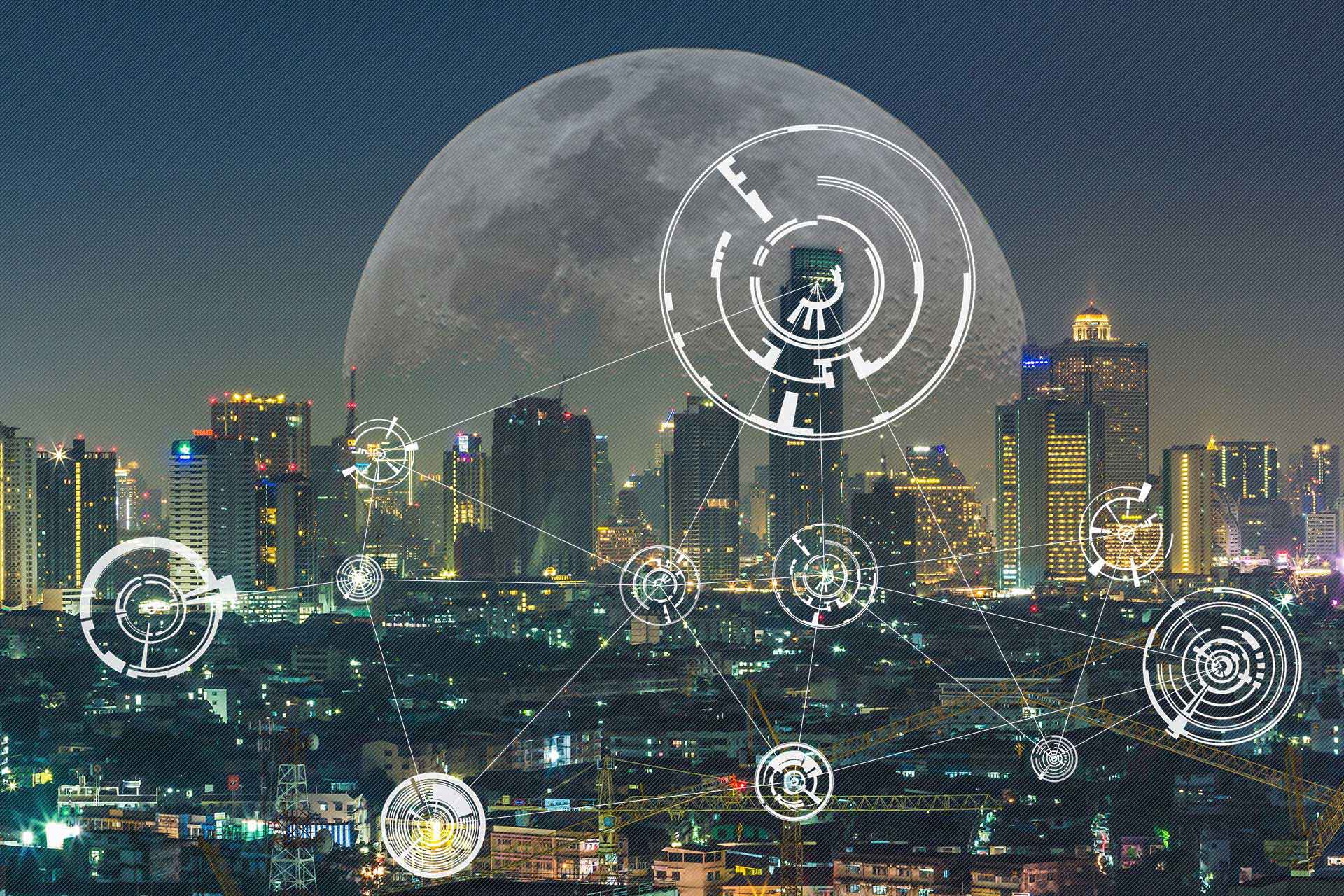
The internet of things, widely known for its acronym IoT, is now moving away from the embryo stage into the real world with use cases and implementations.
The IoT is about connecting things (not only physical objects, people, animals, etc, but also services) to the internet.
Simply put, if it has an IP address, an identifier and internet connection then it is an IoT-enabled solution.
These products send out and receive data from different sources, with the cloud being a crucial part of the whole IoT ecosystem. This architecture generally also includes IoT software, sensors, gateways, and any other sort of hardware needed to capture and distribute that data.
Yet, the IoT only makes sense if it can provide real value to the end-user, an operator or a manufacturer. A consumer example is a smart wallpaper that can call for the right emergency services in case of a home accident.
The IoT is now entering a new phase of technological integration, by merging operational technology (OT) with information technology (IT).

The term internet of things was created by Kevin Ashton in 1999. Ashton, from Birmingham, UK, first mentioned the IoT in a presentation to US consumer goods company Procter & Gamble.
Ashton has described the potential of the IoT saying that today’s computers, and therefore the Internet, are almost wholly dependent on human beings for information. "Nearly all of the roughly 50 petabytes (a petabyte is 1,024 terabytes) of data available on the Internet were first captured and created by human beings by typing, pressing a record button, taking a digital picture or scanning a bar code."
He then says that the problem is the fact that people have limited time, attention and accuracy, "all of which means they are not very good at capturing data about things in the real world".
"If we had computers that knew everything there was to know about things, using data they gathered without any help from us, we would be able to track and count everything and greatly reduce waste, loss and cost.
"We would know when things needed replacing, repairing or recalling and whether they were fresh or past their best," he said.
The IoT market is one that continues to growth on a daily basis. 2016 is witnessing the connection of 6.4 million devices on a daily basis. By 2020, there will be 50 to 200 billion connected devices worldwide, according to Cisco, with IDC estimating global spending on IoT devices to reach $1.7tr by then.
The industrial IoT, the sort of IoT version for the industrial and manufacturing industries, is expected to add to the world’s GDP something between $10tr to $15tr between today and 2035.
Are we going to keep calling it IoT? Only the future will tell.






